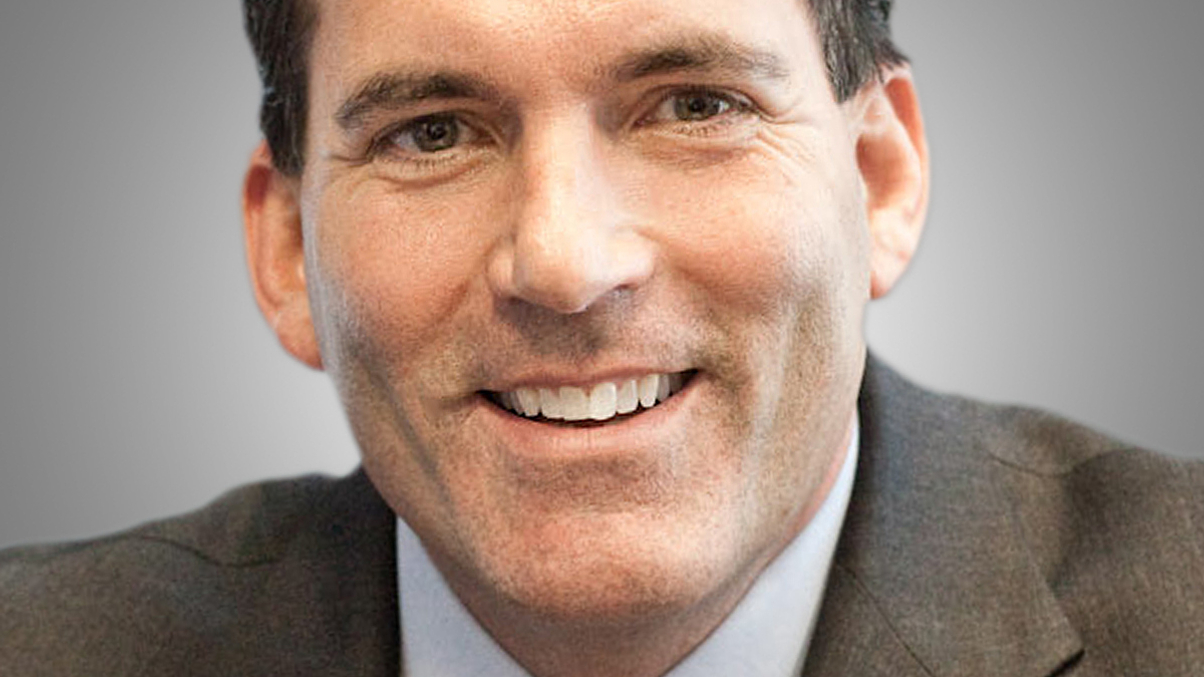Managers respond to evolving needs of asset owners
Northern Trust's Paul Finlayson and Peter Sanchez analyse the source of stress faced by investors in the administration of alternative assets, and how to evaluate outsourcing decisions.

A post-crisis regulatory shift towards transparency has effectively given asset owners greater power, and their growing demands are driving asset managers to reconfigure their operating models.
Sign In to Your Account
Access Exclusive AsianInvestor Content!
Please sign in to your subscription to unlock full access to our premium AI resources.
Free Registration & 7-Day Trial
Register now to enjoy a 7-day free trial—no registration fees required. Click the link to get started.
Note: This free trial is a one-time offer.
¬ Haymarket Media Limited. All rights reserved.


